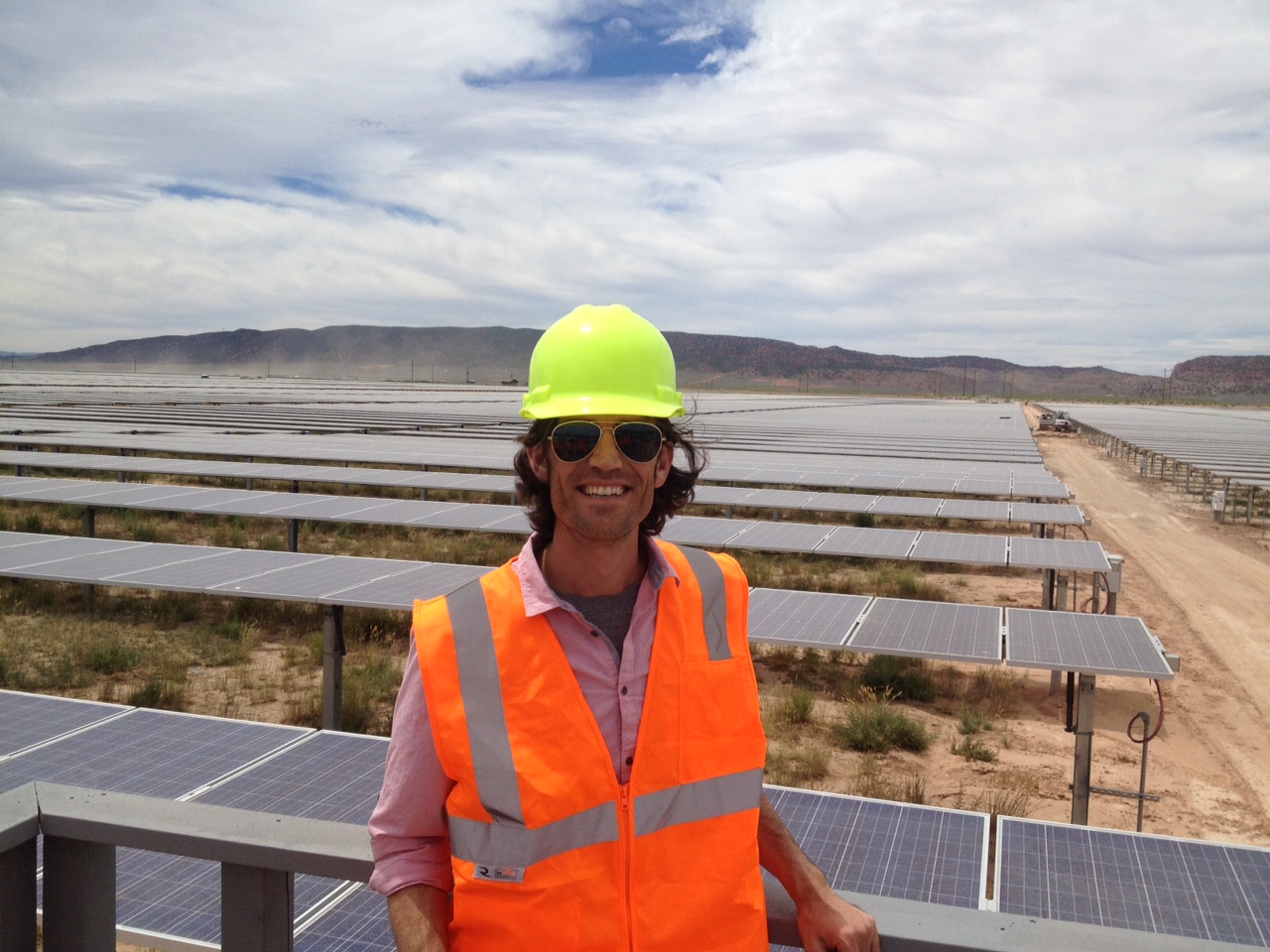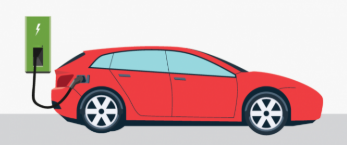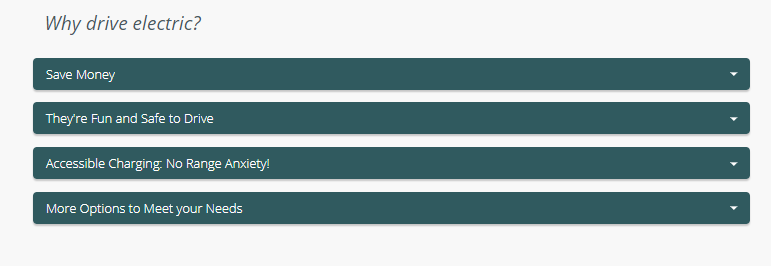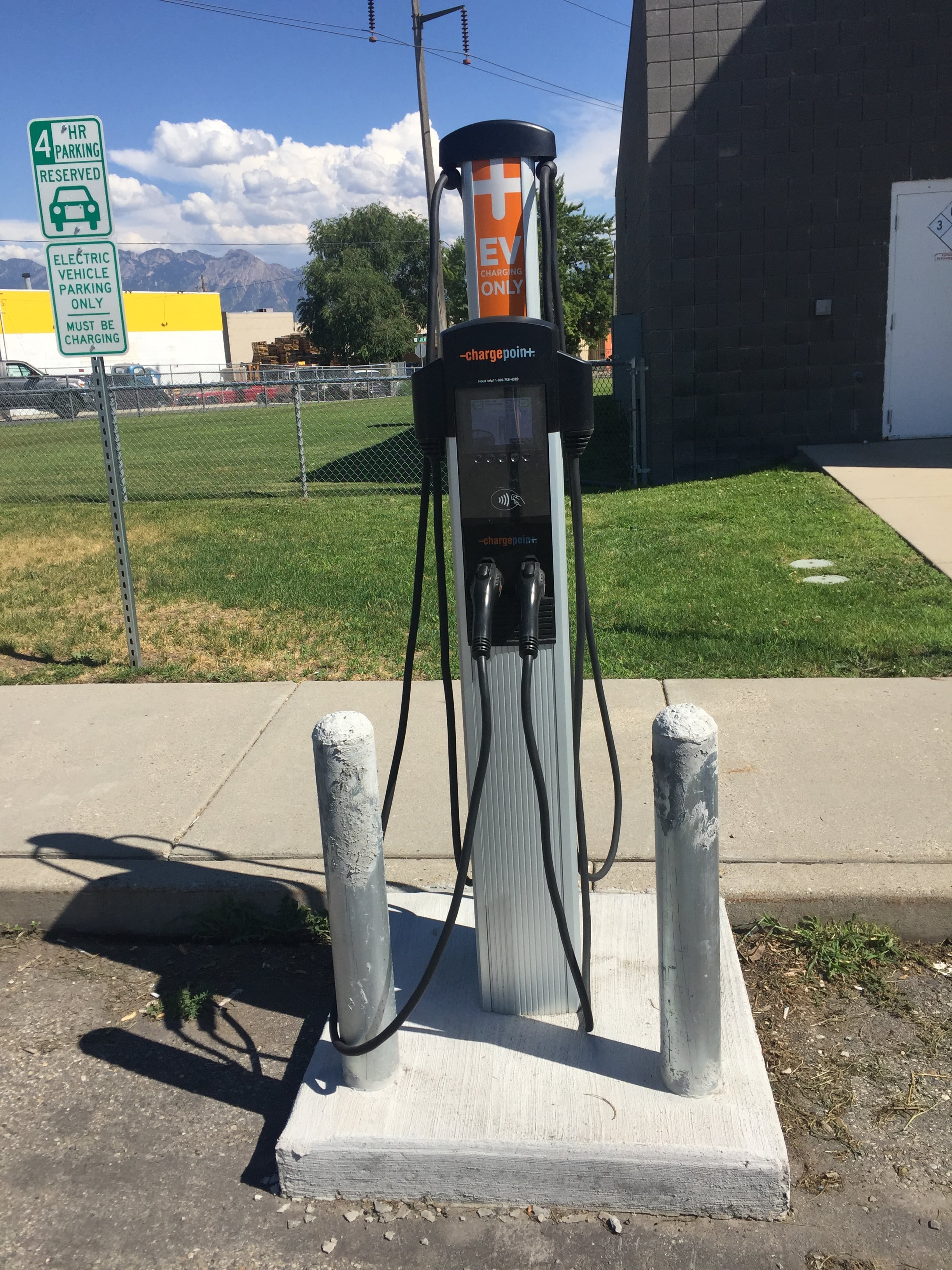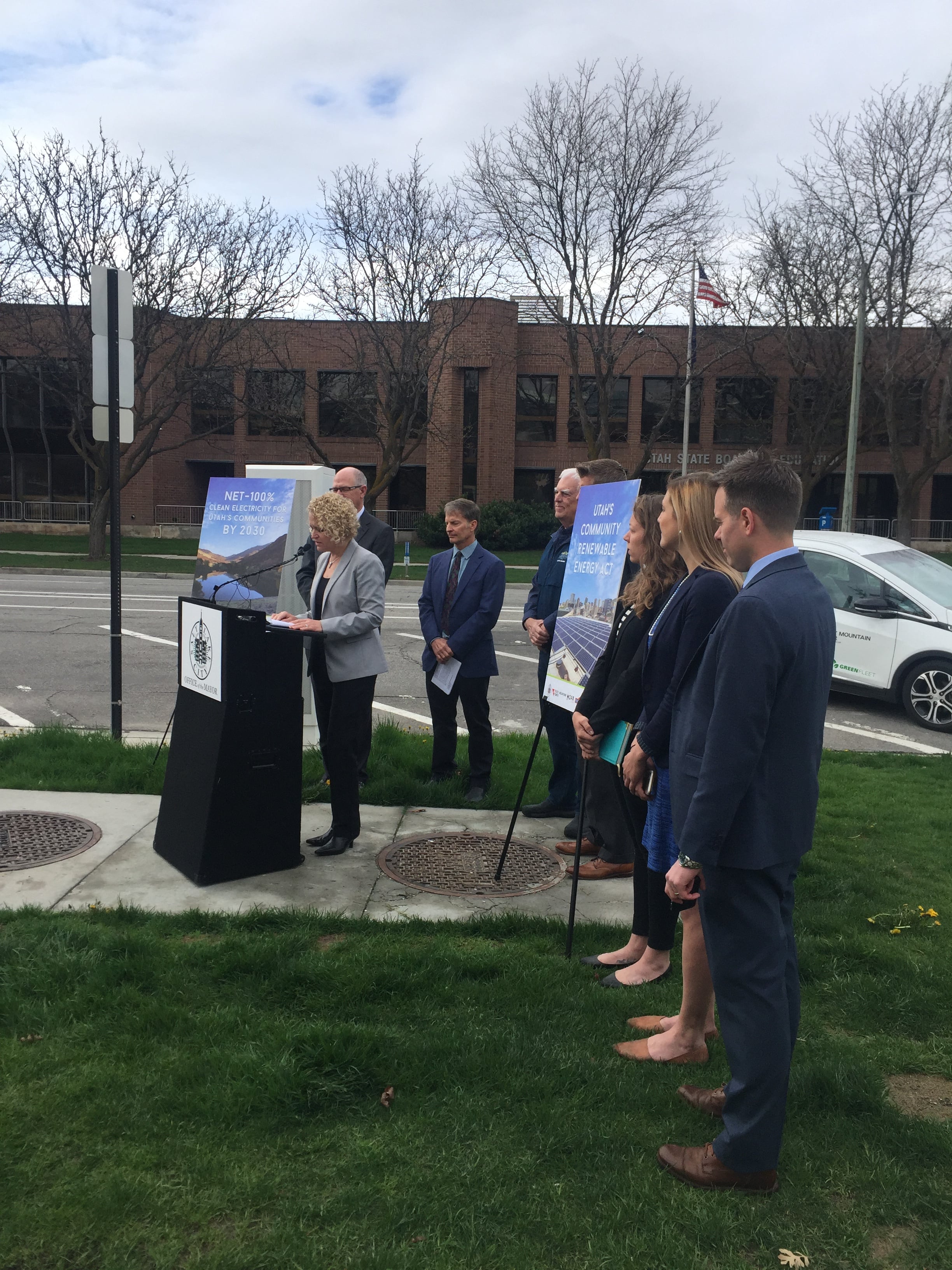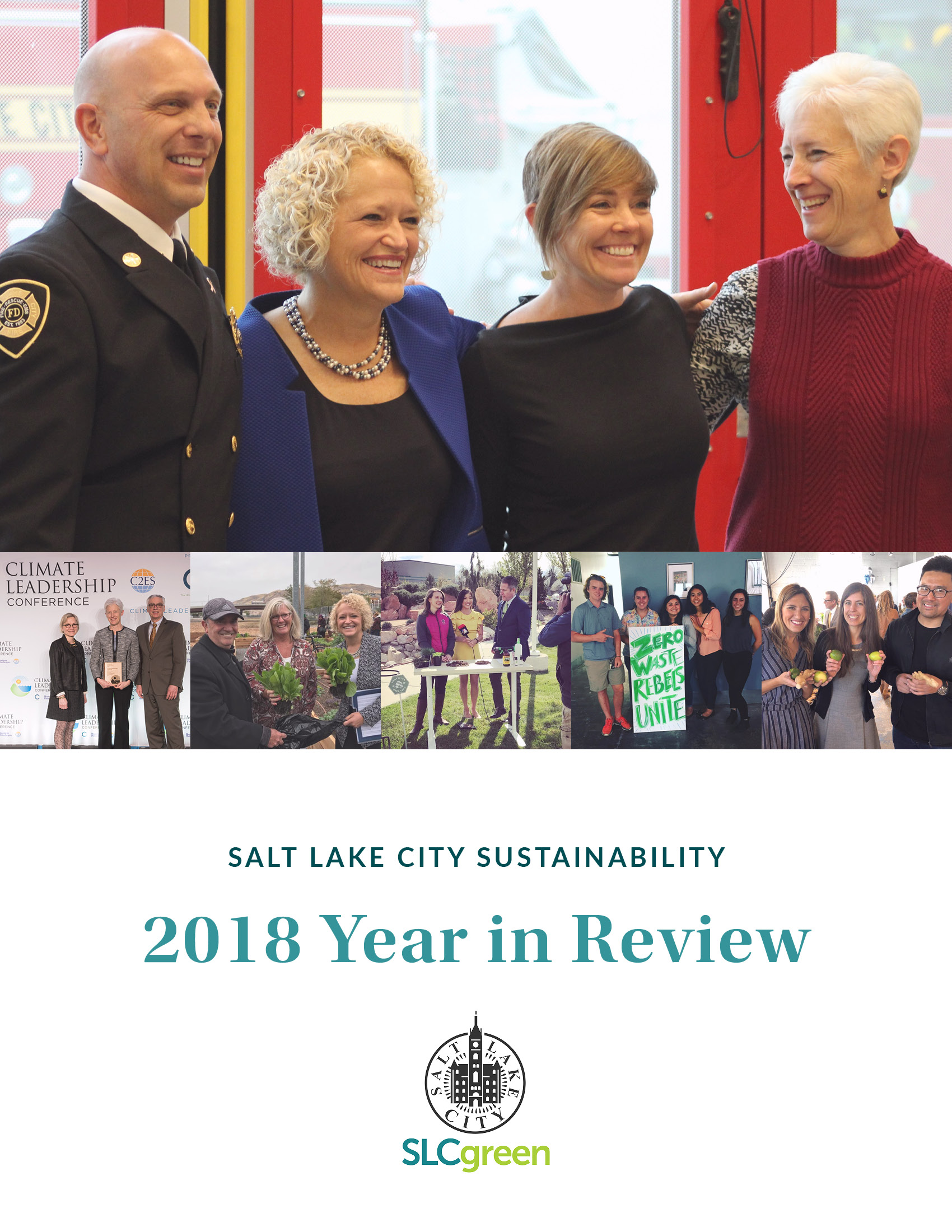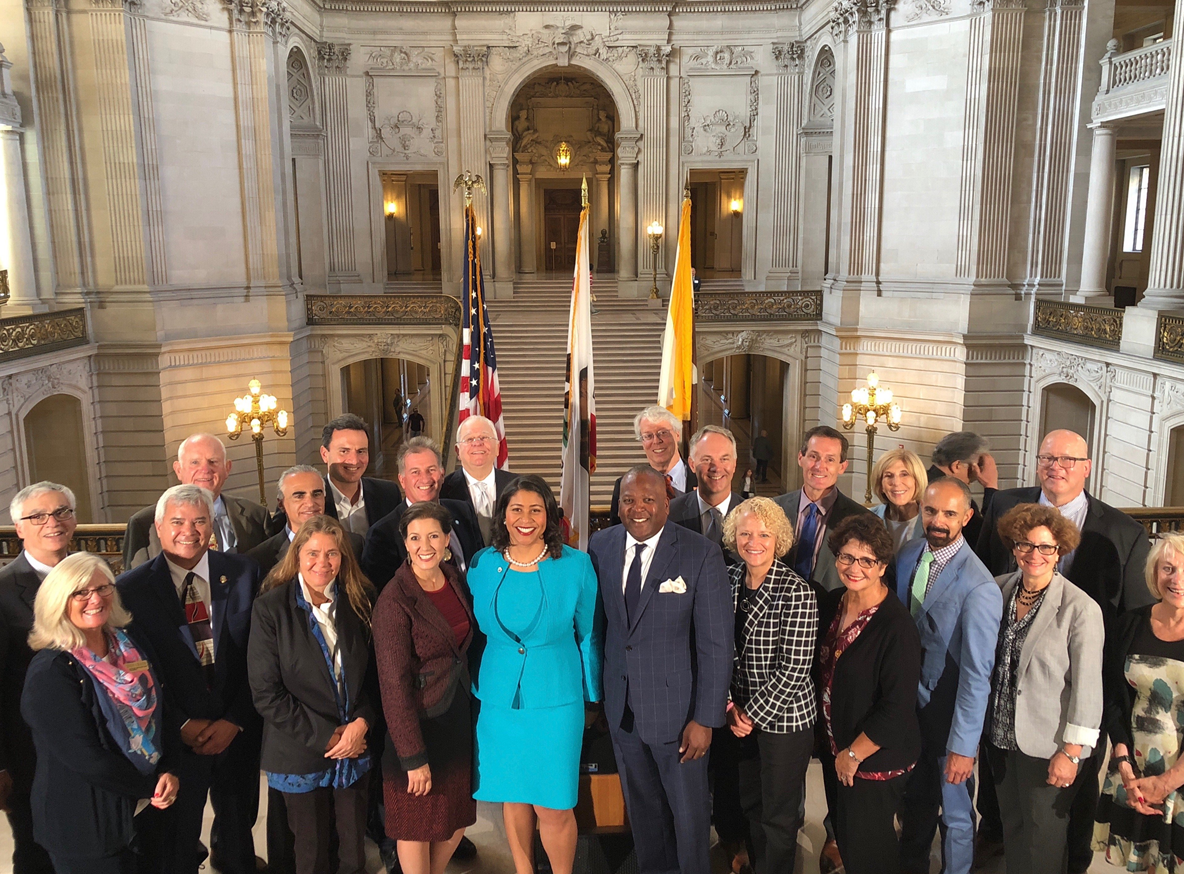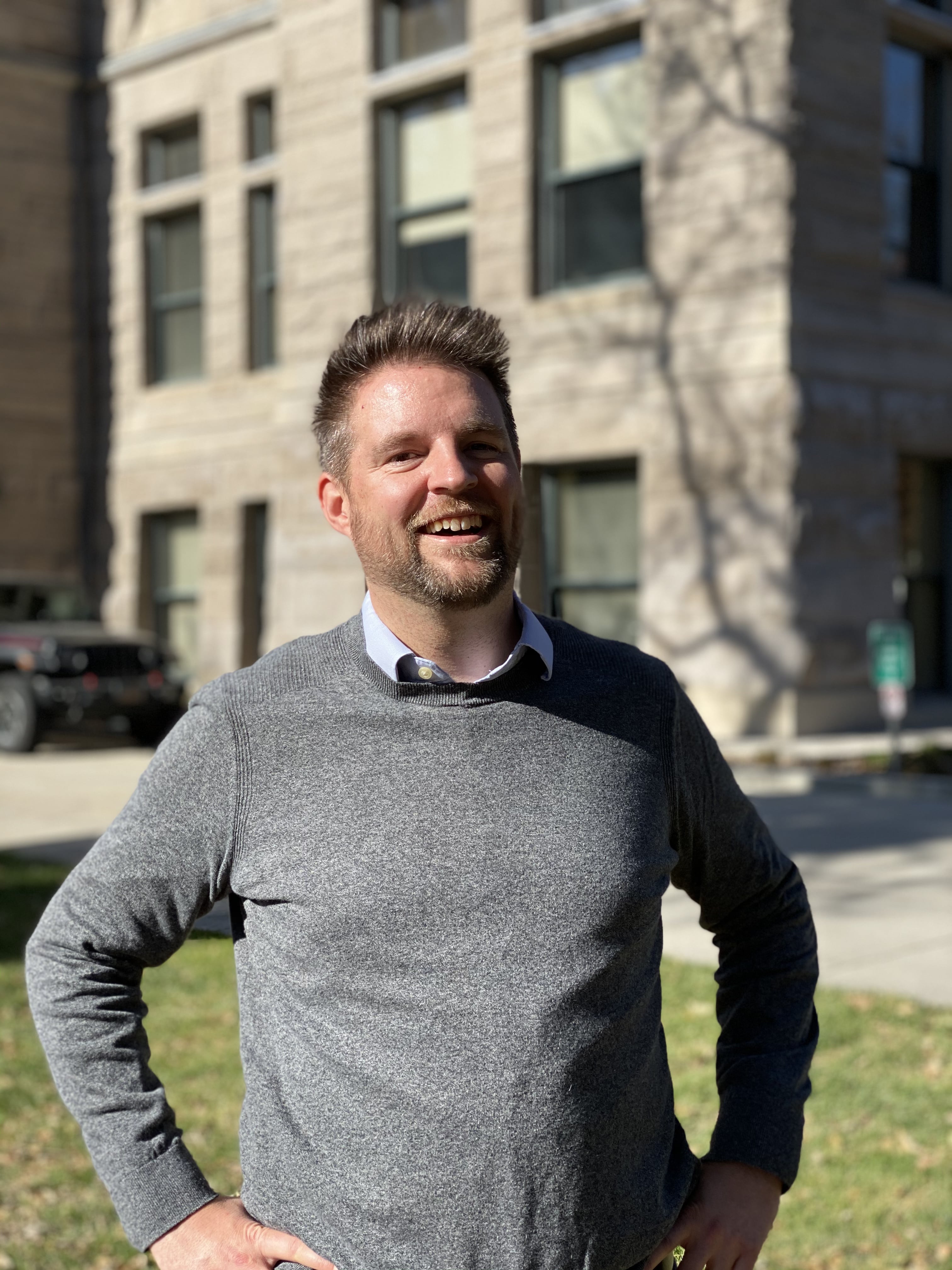
SLCgreen is excited to welcome Christopher Thomas to our team as the new Senior Energy & Climate Program Manager!
Christopher brings with him a unique blend of experience in clean energy policy, regulatory engagement, advocacy, non-profit leadership, energy efficiency, data science, and more.
He previously worked with the Sierra Club, HEAL Utah, the energy efficiency firm ETC Group, Salt Lake County, and more. He holds a B.A. in English and Biology from Grinnell College and a Master’s Degree in Information Systems from the University of Utah David Eccles School of Business.
His is an important role for the Sustainability Department and the City as a whole, as the lead staffer (see our farewell post to his predecessor Tyler Poulson) on many of Salt Lake City’s climate initiatives. Learn more by visiting the Climate Positive SLC plan.
Christopher has already hit the ground running and we’re thrilled to put his expertise to work!
His main responsibilities include:
- Bringing new clean energy projects online to meet Salt Lake City’s municipal power needs
- Collaborating with our electric utility Rocky Mountain Power, other 100% clean energy communities, state leaders, businesses, and regulatory authorities to move forward Salt Lake City’s community-wide clean energy goals
- Partnering with city departments and divisions to reduce municipal energy use and pollution through cleaner fleets, energy efficiency, and renewable energy projects
- Creating programs and partnerships to reduce the City’s fossil fuel footprint
Welcome Christopher!

